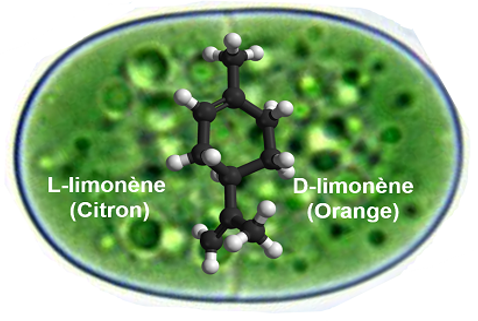Cyanobacteria arouse ever-increasing interest because of their ability to use solar energy, water, CO2 and minerals to produce chemical compounds of biotechnological interest. This often requires the introduction and expression of heterologous genes encoding enzymes that are not naturally present in cyanobacteria. However, only a handful of model strains with well-established genetic systems have been studied to date. The researchers in this study consider that the time has come to broaden the panel of model cyanobacteria in order to better exploit their immense biodiversity.
Cyanothece PCC 7425 is a unicellular, diazotrophic (atmospheric nitrogen fixation), photosynthetic cyanobacterium isolated in 1972 in a rice field in Senegal but which remains little known to this day, despite its obvious advantages. It is robust and has large cells which facilitates assembly analyses and localization of sub-cellular machineries. In addition, it is capable of (i) sequestering CO2 in the form of intracellular granules of Ca2CO3, (ii) anaerobically fixing atmospheric nitrogen, and (iii) growing in the presence of urea, a pollutant, as the sole source of nitrogen.
In the present study, the researchers show for the first time that replicative broad host spectrum plasmids, constructed in their laboratory, can be used in Cyanothece PCC 7425 for the control analysis of (i) gene expression, (ii) the production of heterologous proteins and products of interest, (iii) the sub-cellular localization of proteins, and (iv) the assembly and sub-cellular distribution of micro-compartments such as the carboxysome, which binds atmospheric CO2.
Using this new genetic toolbox, the researchers also show that it is possible to have Cyanothece PCC 7425 produce limonene, a high value-added mono-terpene, which is widely used in the cosmetics and pharmaceutical, biofuels and bioplastics industries.

Diagram of the Cyanothece toolbox adapted from Wikipedia (limonene) and Alchetron (Cyanothece)
This is the first study that describes the engineering of a strain of the genus Cyanothece for the production of a chemical molecule of interest and the first demonstration that limonene can be produced by a reprogrammed cyanobacterium growing on urea as the sole source of nitrogen. It could be envisaged to reduce the costs of production of compounds of interest by using it, for example, in the treatment of waste water.
Contact : franck.chauvat@cea.fr